
Whether you are a Taoist or a Buddhist, it does not really matter as the Sik Sik Yuen Wong Tai Sin is not just a religious place of worship for the devotees but it is also one of the historical and most visited landmarks in Hong Kong.
The temple is not just a hit among the tourists; but also the locals who flock to the temple at any time of the year to pray and to make their wishes to the Great Immortal Wong (or Wong Tai Sin).
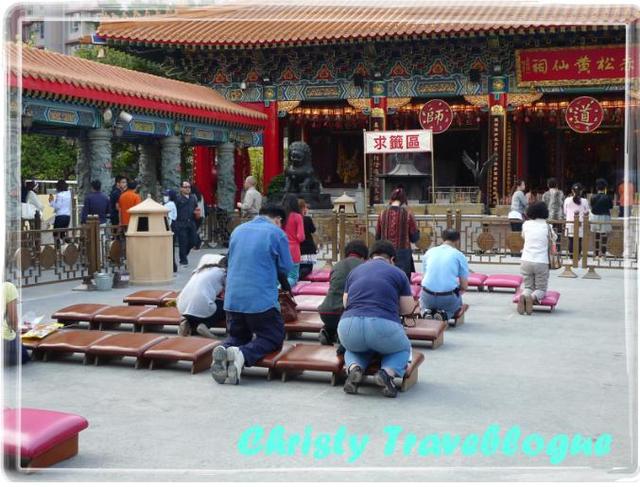
This place is particularly crowded during Chinese New Year, where the local Hongkies would queue outside the temple on the Lunar Chinese New Year's Eve, at midnight, to offer their lit joss sticks to Wong Tai Sin.
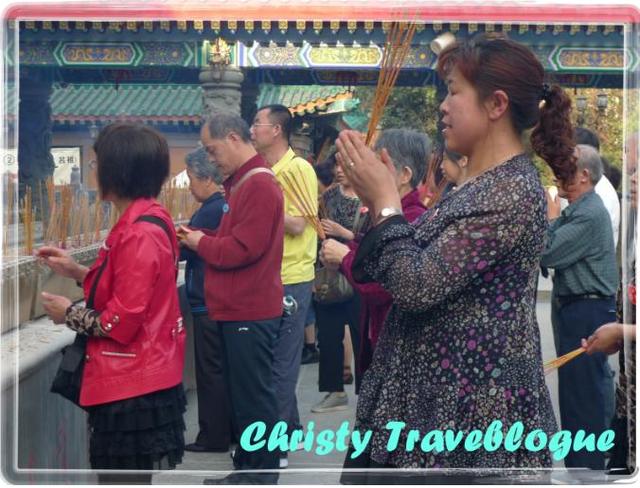
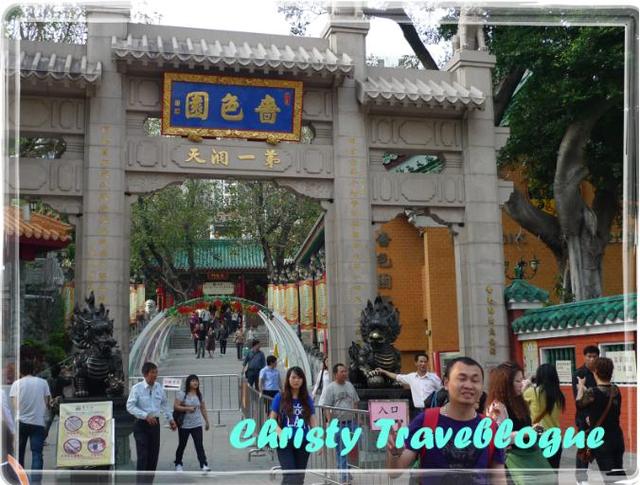
It is believed that the earlier you offer the incense, the better your luck would be for the new year!
I spotted the 12 statues which represent the 12 Chinese zodiacs at the front of the temple. I think this is new as I don't recall I have seen these during my first visit a few years ago!
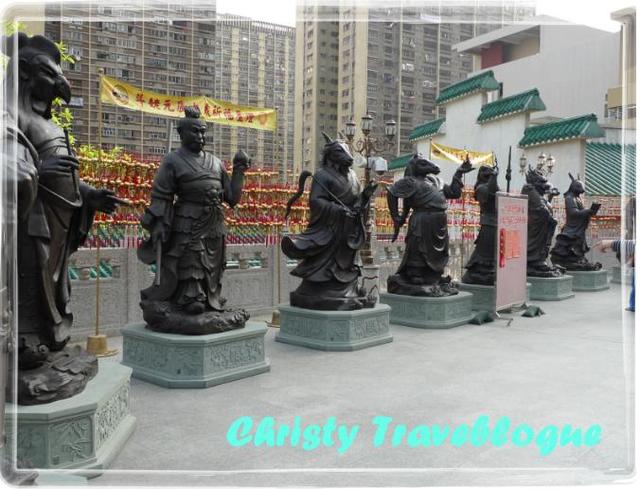
Entering the main entrance leading to the main altar in the temple
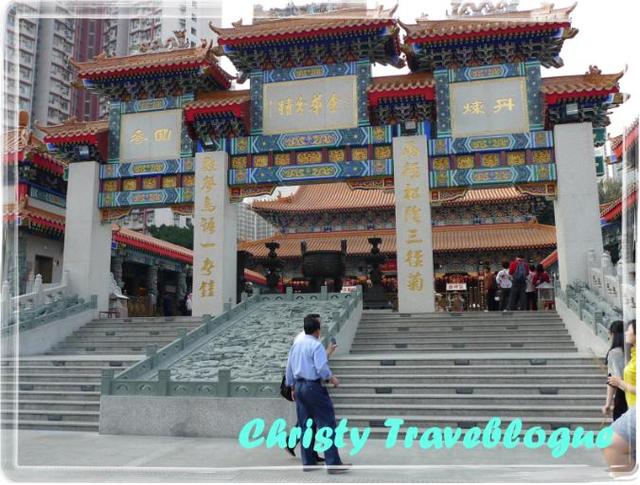
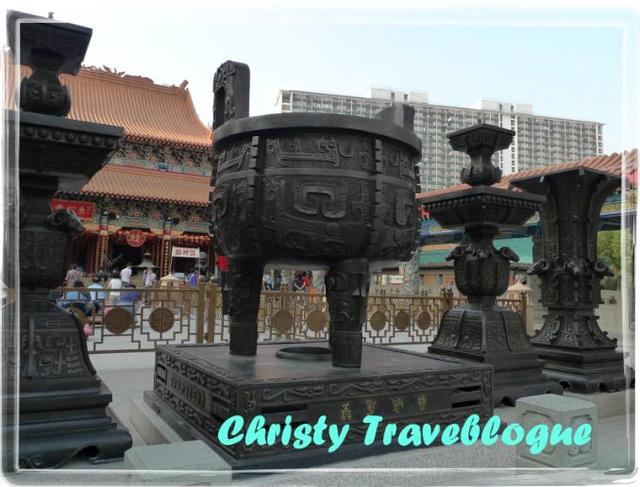
Wishing bells or charms?
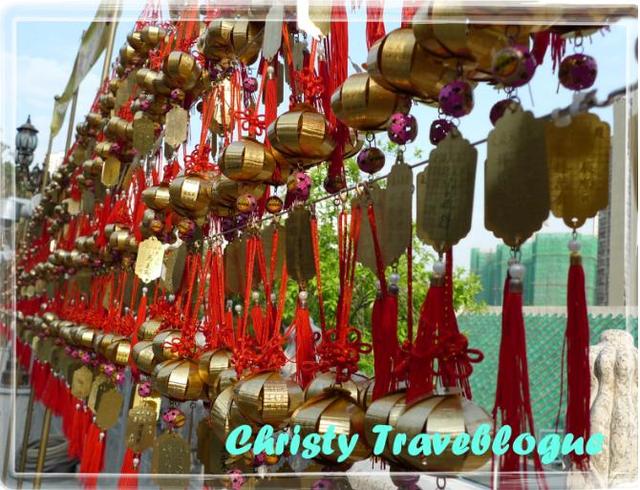
We arrived a little late; with only half an hour before the temple closes.
(The temple closes at 5.30pm)
We had to rush through most of the sections of the temple; snapping photos (not too bad for me as I have been here twice ;)
The architecture of the temple is typical of the Chinese temples; with arched roof structures adorned with carvings of auspicious symbols such as dragons and colors of red, orange, yellow, and gold.
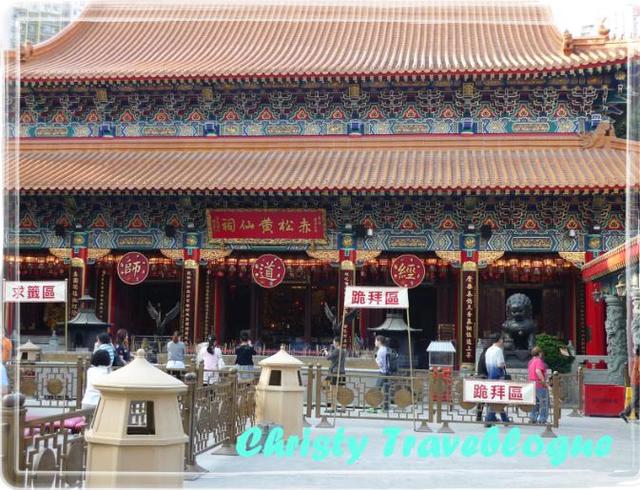
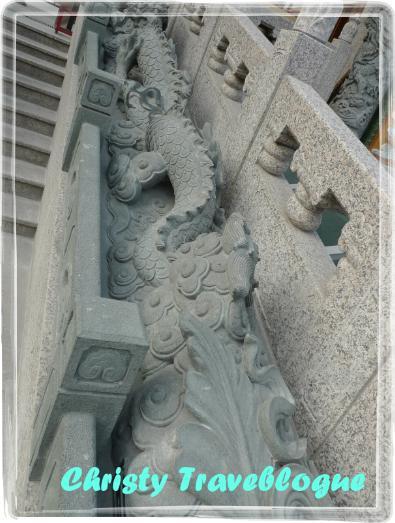
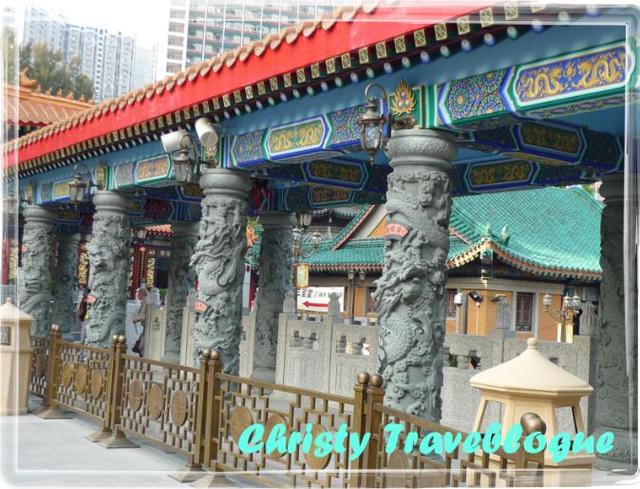
The guardians of the doors; mostly found in ancient Chinese homes and temples.
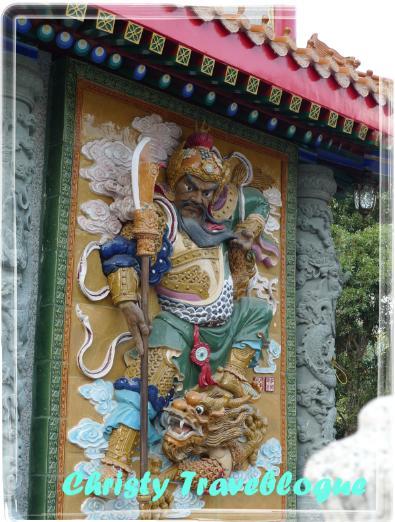
There are three Saint-Hall; dedicated to Lu Dongbin from the Eight Immortals, Warrior Lord Guan Gong, and Lord Guan.
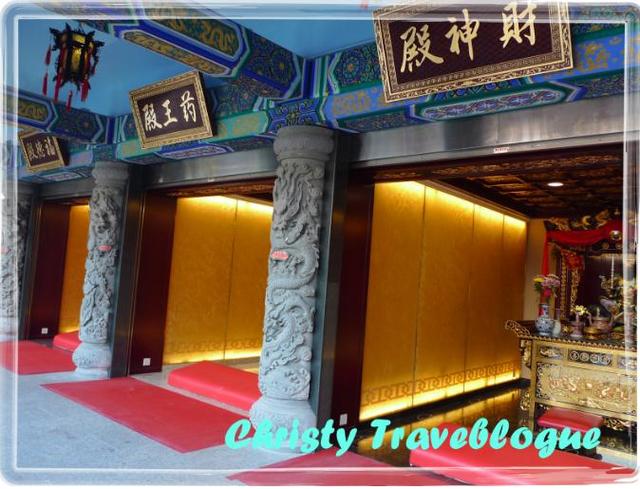
The Main temple/altar
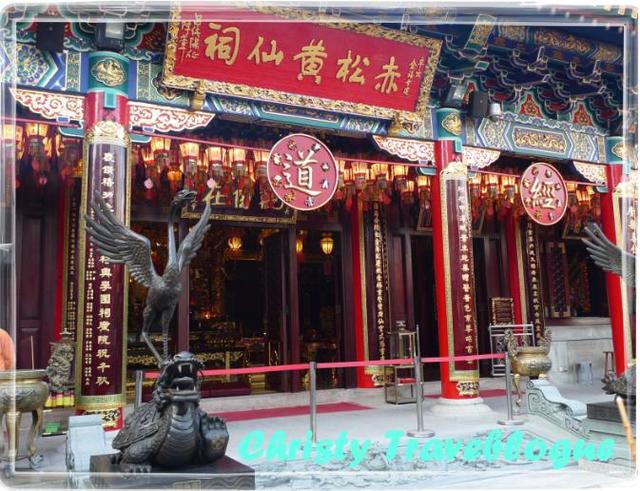
It is a restricted area; and devotees are only allowed to make their prayer offerings from the designated assembly and worship area directly outside the temple as you can see in most pictures.
Sik Sik Yuen Wong Tai Sin Temple is a famous temple as it is known for the answered prayers whenever devotees ask or make their wishes.
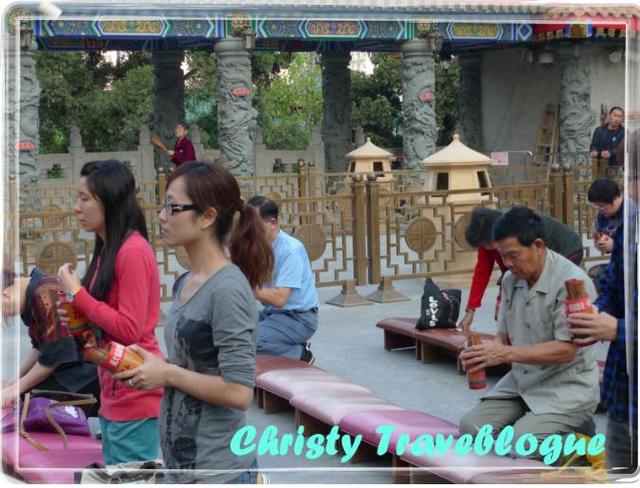
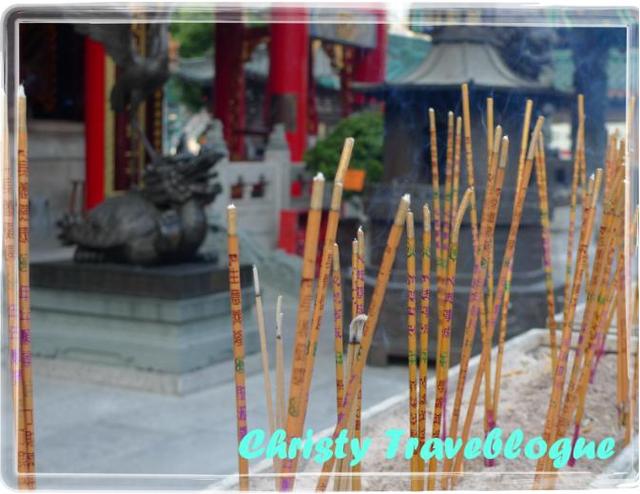
The temple is famous for the "Kau Chim" (directly translated as asking for fortune in English) practice; whereby devotees make their wishes.
First you light joss/incense sticks to offer, then you get a cylindrical wooden container holding these sticks which they refer to as fortune sticks (or "Chim" in Chinese)
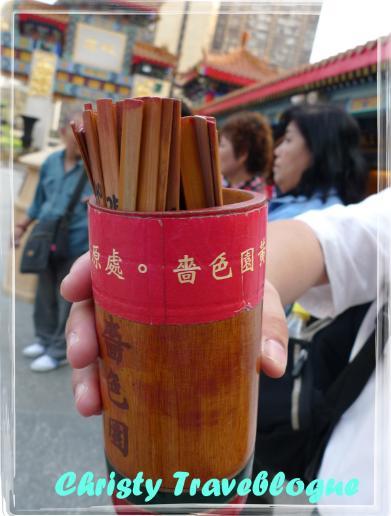
Shake the container while making your wish/prayer until one fortune stick falls out.
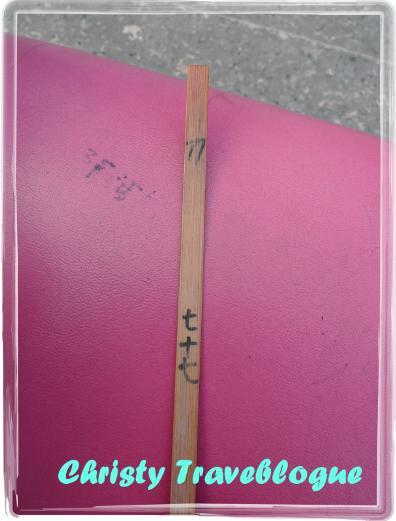
(If multiple sticks fall out, you have to pick them up again and repeat the shaking of the container again)
Once you have the fortune stick, bring it with you to the soothsayer's booths (mind you, they are all lined up near the temple; it's like a complex of soothsayer/fortune tellers there!)
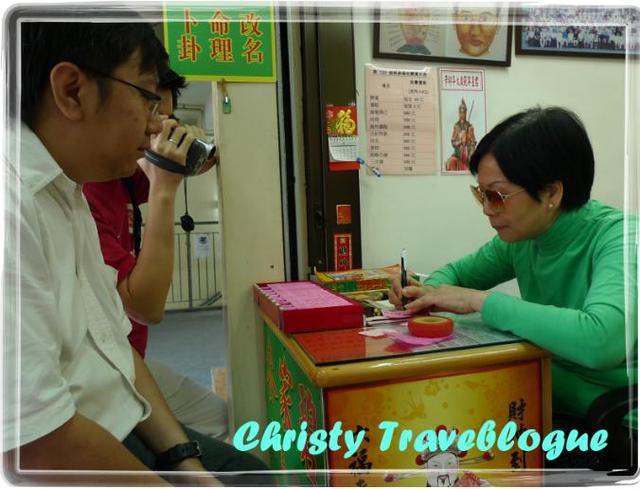
The soothsayer/fortune teller are experts in deciphering the meaning of your fortune sticks and they use this unique method of referring to poems and ancient Chinese mythologies to tell you the meaning of your fortune stick.
Of course, they will also explain it in plain layman terms to make sure you understand ;)
If you are in good fortune, you just need to pay to the kind soothsayer. If the fortune is not so good, well, they will also help you to counter the bad luck, so, don't worry a bit!
The temple closes at 5.30pm, as mentioned earlier, so if you are interested to have your fortune told/wished at this famous temple, arrange to make it there earlier.
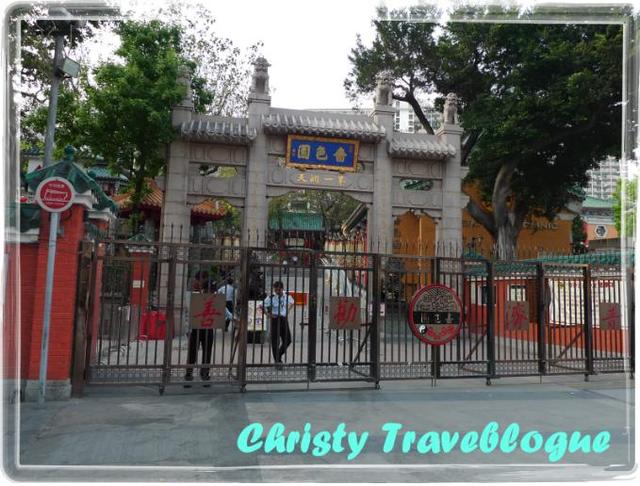
To get there, take the train to the Wong Tai Sin Station
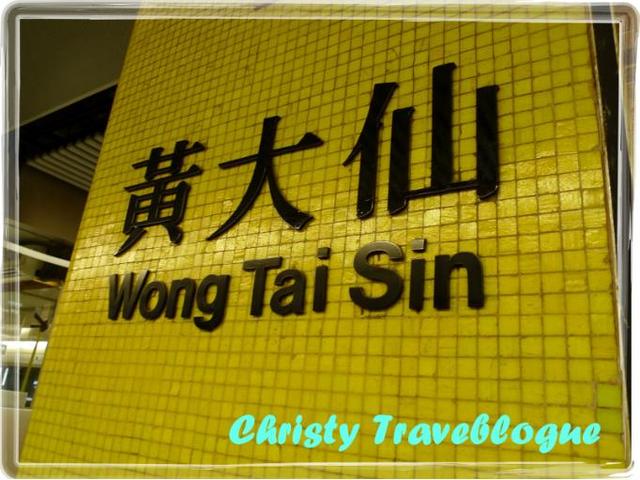
The walls are painted in honor of the yellow color to represent the deity's temple.
Take the B Exit to Sik Sik Yuen Wong Tai Sin Temple!
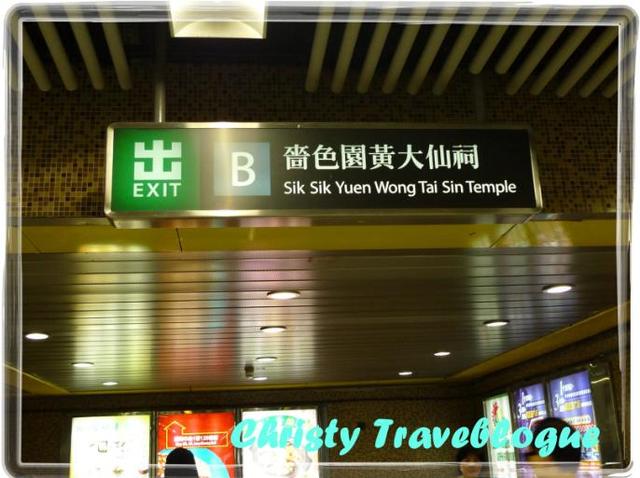

No comments:
Post a Comment